Justin Norvell on the past, present and future of guitar design at Fender
“We owe a lot to the body of musical work that’s been created on our instruments. We’ve gone from being timely to timeless”
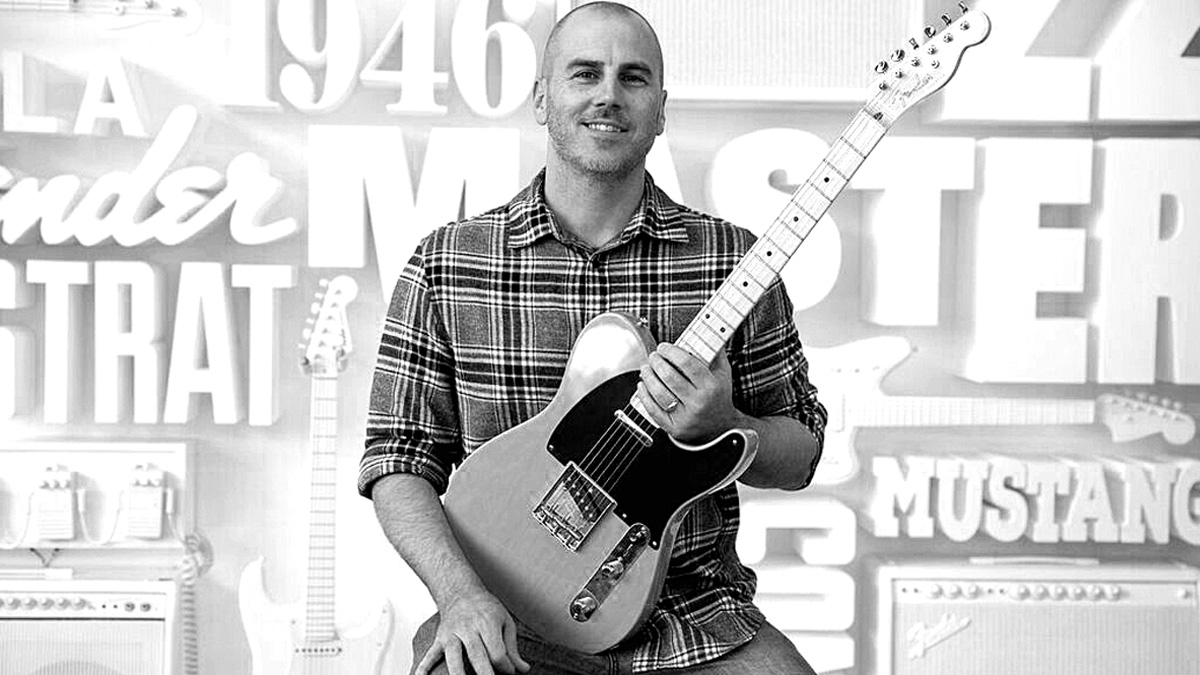
Fender was born as a company unafraid to defy convention. The earliest Esquires were initially derided as “canoe paddles” by traditionalists at the start of the 1950s.
But by the end of the decade Leo’s solidbody electric guitars had transformed the whole landscape of music, demonstrating the power of being brave enough to innovate. 75 years on, how does Fender balance the marketability of its heritage with the need to remain at the cutting edge of instrument making?
We decided to ask a man who’s as well placed as anyone to tell us the answer: Fender’s executive vice president of products, Justin Norvell.
What are your feelings about Fender hitting its 75th anniversary?
“It feels like Fender’s always been there, but, in some ways, it’s stayed in such perpetual motion that it feels like it’s still young. 75 feels old for a company that’s moving so fast all the time. And that goes right back to the beginning... In some ways, we are still just walking in every day and not just talking about how things used to be but how can we make things better?
“What are people doing with guitars today? What do we want to do? So we’re still approaching it with fresh eyes. For us, it’s really about what people do with the instruments. Yes, the guitars are the art that we craft – but it’s also about the body of work and the music that is made with them, and that can’t be stated enough.
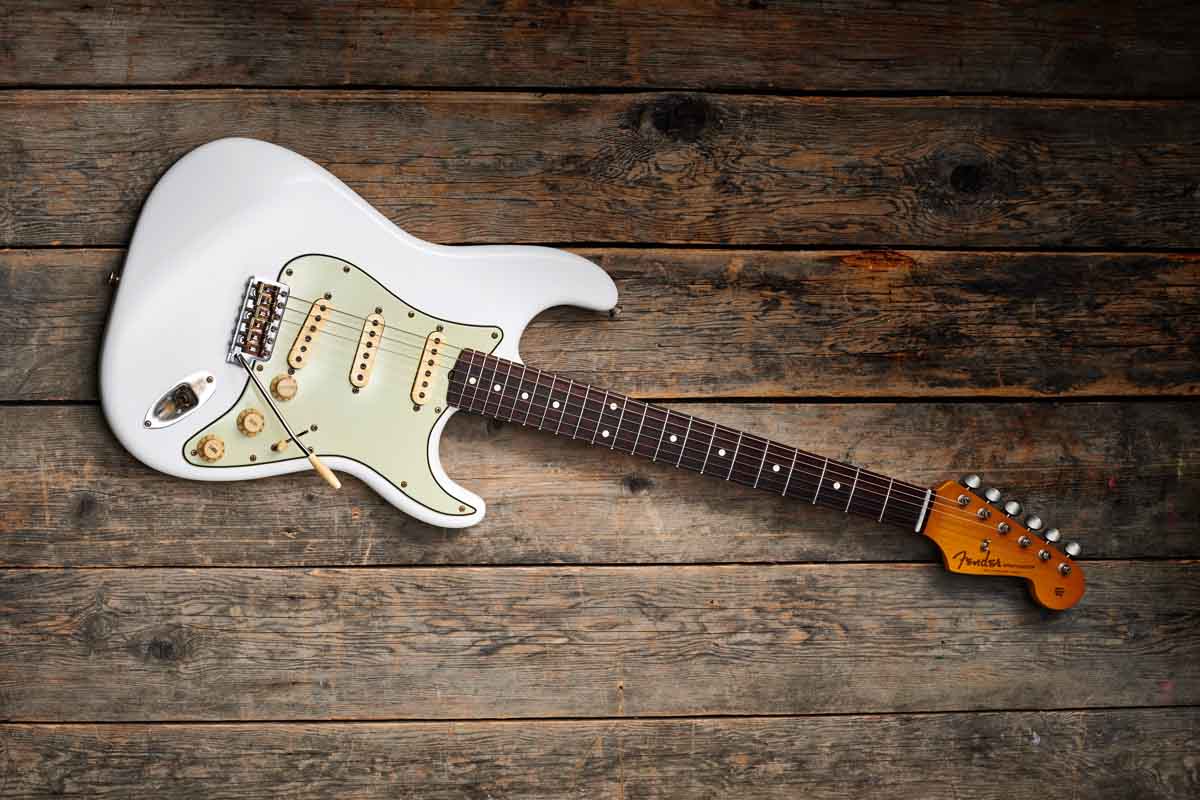
“Leo Fender recognised that there was this burgeoning rock ’n’ roll scene where people wanted something new, something different, that they could be themselves with. They could turn Fenders up louder [than hollowbody jazz guitars] and they wouldn’t feed back and they had a new sound. And so there was really a kind of cultural intersection there of Fender coming out with new guitar designs just as this new music was rising.
All the latest guitar news, interviews, lessons, reviews, deals and more, direct to your inbox!
“We really owe a lot to the body of musical work that’s been created on our instruments, which has perpetuated [Fender’s] influence and people’s aspiration to play them throughout the years. So we’ve gone from being timely to timeless.”
Our challenge is, how do you make a new product different but still have the same iconic aesthetic?
How do you continue to evolve guitars such as the Stratocaster without losing sight of their essence as designs?
“That 15-year run from, say, 1950 all the way through to ’65 was just brilliant for the amount of amplifiers, basses and guitars that were created at Fender. So our challenge is, how do you make a new product different but still have the same iconic aesthetic?
“Outwardly, it looks just like a traditional Stratocaster but has new pickups, new neck shape, new frets, new bridge, new hardware… That core initial design was so nailed out of the gate that we just have to acknowledge that and look at what refinements and adjustments we can make as music changes and as people change. It’s all about colouring inside the lines.”
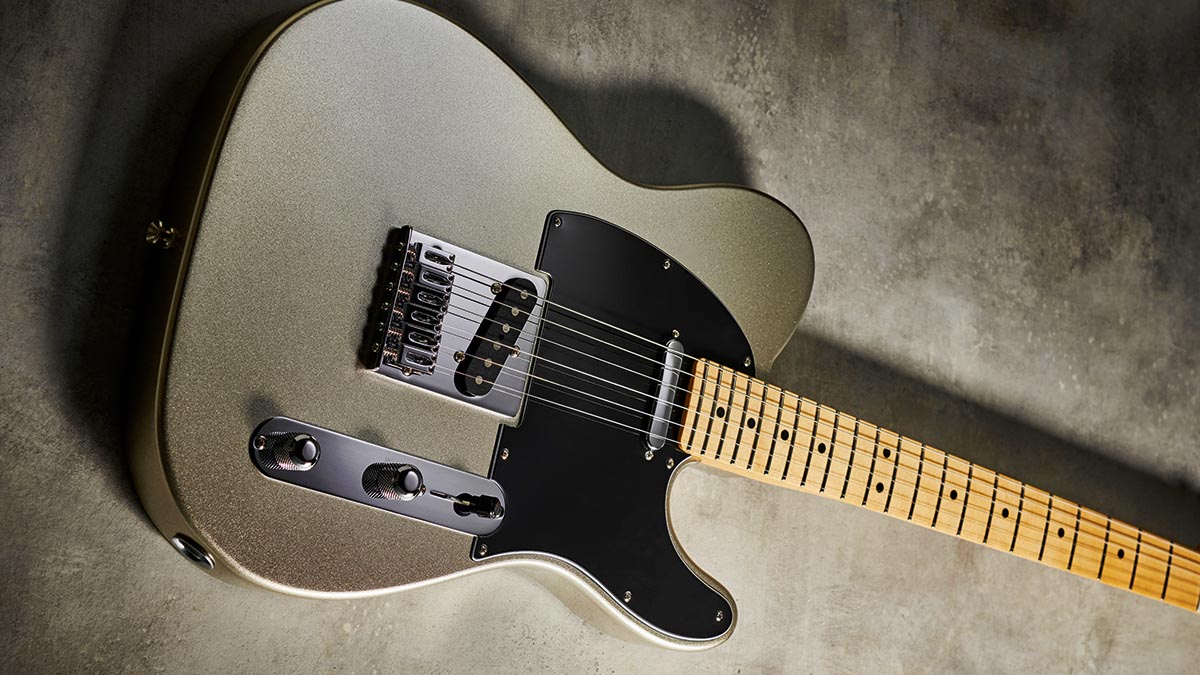
Fender’s Custom Shop is itself over 30 years old now and it remains the top tier of guitar making at Fender. To what degree does its output influence production-line guitars?
“It’s basically a symbiotic relationship where we’re just always talking and sharing. So, you know, [Fender Custom Shop principal master builder] Ron Thorn might say, ‘I just designed a new bridge.’ And maybe he did it as part of building a one-off custom guitar, but really it’s too good to go in just one guitar: it’s a new thing that we need to use.
“But sometimes it goes the other way as well. In 2012, when Mike Lewis helped us relaunch the American Vintage Series, we went so forensically deep into the [exact specs and dimensions of original vintage Fenders] that some of the new tooling that we made, the patent-pending saddles and stuff, then went upstream into the Custom Shop.
“And, obviously, we’ve also done Classic Player guitars that have been designed by Custom Shop master builders. The new 75th Anniversary American Series has Custom Shop pickups in it, too. So we’re always sharing back and forth.
“There’s a lot that the Custom Shop [produces] that is not production-ready and due to the difficulty, time or cost or whatever is simply not feasible [on a production line], which is the brilliance of what they do. But then there is a lot that we’re able to take from their work and cascade down.“
“So the Custom Shop still is that pinnacle with hand-wound pickups and instruments that are all hand-built by one person. But at the same time, on our production line, an American Pro Stratocaster still has over 150 hand-processes that go into it as well.
“Speaking of 75 years, we’re still using the old punch presses, stamping out jack ferrules, pickguards on the same tooling. So, if you think about Jimi Hendrix at Woodstock, the jack ferrule on his Strat was stamped with the same tool that is used today to stamp the jack ferrule on an American Pro.
“We have those lines all the way back – but if we want to be more precise, more consistent and have tighter tolerances, we can also use CNC equipment and laser cutting and things like that. It’s really about harmonious, subtle advancements of technology but also retaining the handwork and the craftsmanship.”
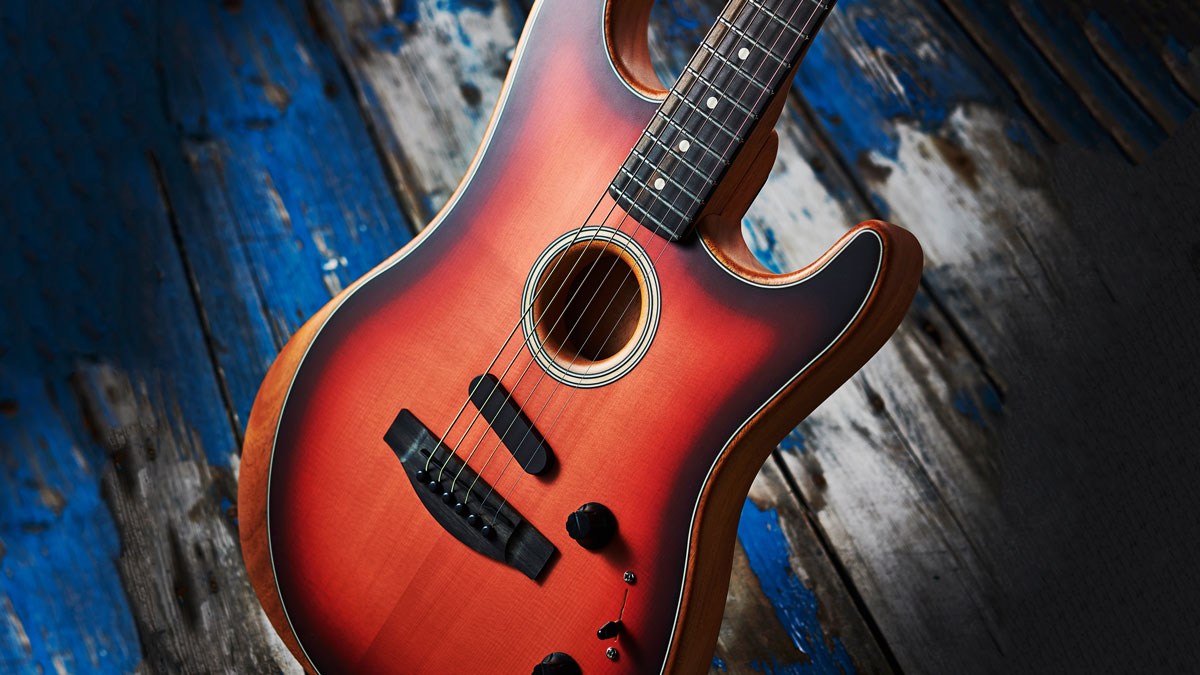
As you’ve mentioned, Fender often uses elements of its past as a touchstone for future inspiration. Are there any eras of Fender’s heritage that you think are particularly ripe for revisiting next?
“It kind of moves in eras, just like music and genres and tastes change. So there’s a time where it’s all about the ’50s and there’ll be a time where everybody’s into the ’60s transitional-era guitars. We just had a period where there was a lot of ’64 or ’65 Strats [being made].
“And I think that we’ve also had a lot of fun, and collectors and players have had a lot of fun, mining that more esoteric era of the later ’60s and early ’70s of where you had guitars like the Starcaster, Swinger, Bronco and Maverick, where the modularity was taken to insane levels.
“Even when it comes to the Acoustasonic Stratocaster and Telecaster, which are completely unlike anything that came before them, the initial seed of the idea was the way that Leo reinterpreted the [jazz-era] electric guitar to become the solidbody electric guitar that we know. In other words, if Leo was trying to create an acoustic-electric instrument today, what would that look like? And we used that idea as a lens for our reinterpretation of that platform.”
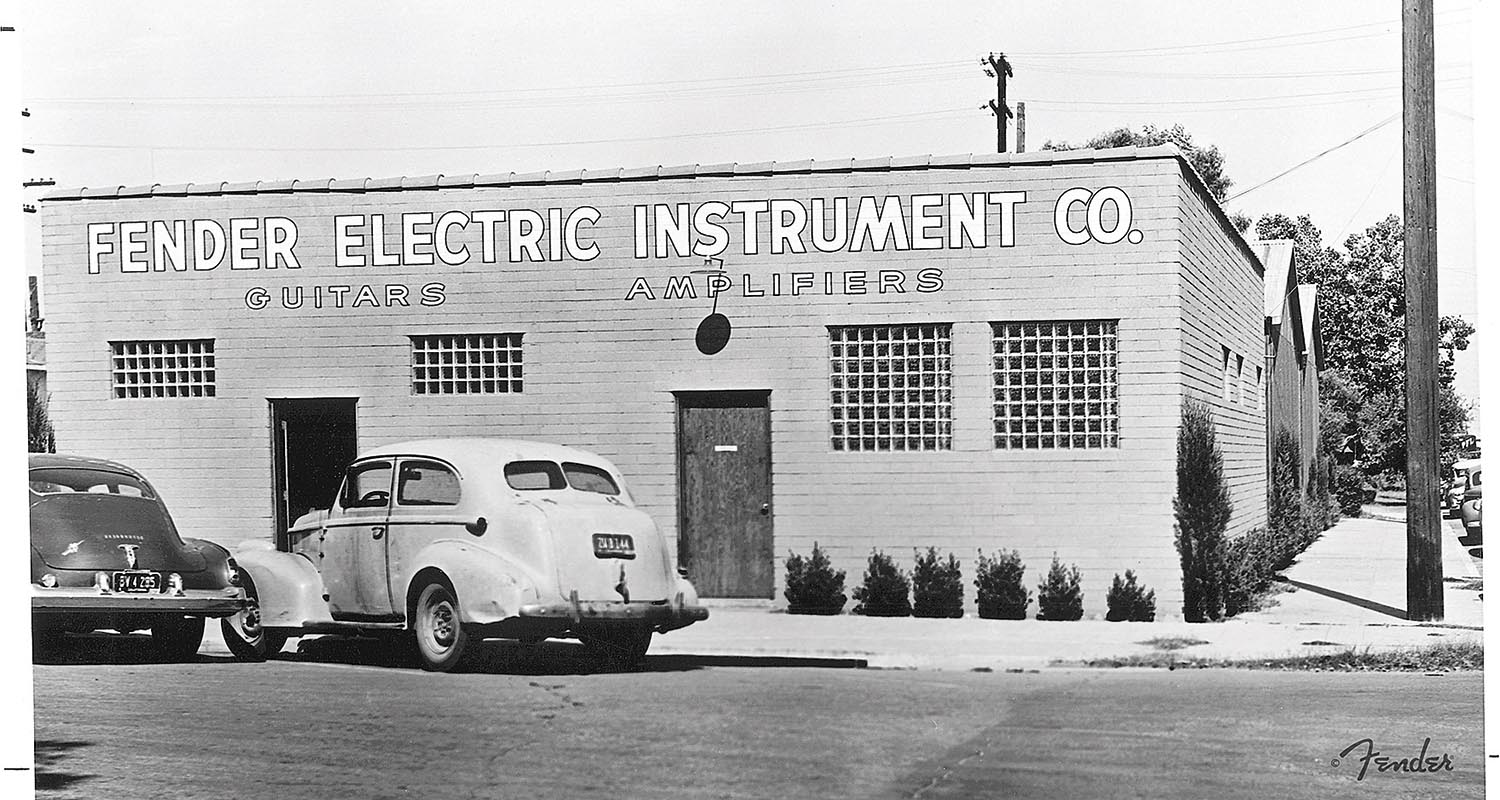
You’ve worked at Fender for over two decades – what are the biggest changes you’ve seen in that time, in terms of how the company designs and makes guitars?
“I think this is my 25th or 26th year... basically a quarter-century. It’s crazy… You know, I think the biggest change is probably the loosening of some of the dogma of what we did.
Over the last two decades, we’ve really widened the aperture with things like Parallel Universe guitars, the Pawn Shop series, using humbuckers in a lot of different things, using P-90s and just changing body shapes
“If you go back to 1996, the Lone Star Strat was really our first production Strat with a humbucker – everybody else had put humbuckers in Strat-style guitars by that point, but we didn’t do it. Prior to then, if you wanted a Strat with a humbucker, you had to put it in yourself. So the company was much more traditional at first.
“I think when Bill Schultz had taken the company over and brought my mentor Dan Smith in, the priority was really about going back to the basics and showing that we could still do it right in the post-CBS era. It was very tradition-oriented at that point.
“But over the last two decades, we’ve really widened the aperture with things like Parallel Universe guitars, the Pawn Shop series, using humbuckers in a lot of different things, using P-90s and just changing body shapes… So I think we discovered that we didn’t really need to wall ourselves in. As long as we had the right kind of authenticity and direction, we could widen out and do more.”
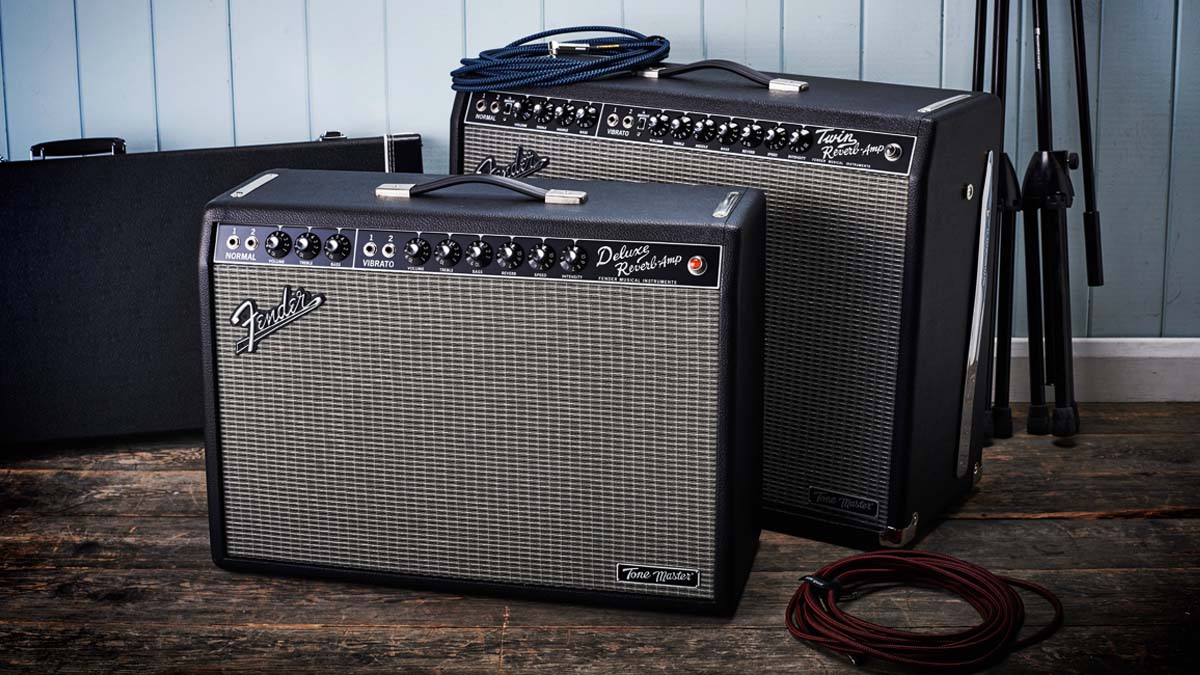
What are the biggest design challenges that are facing Fender today? How are you keeping up with the changing needs of players who are used to a new phone upgrade every year?
“I would say the guitar is interesting because you wear it – you sit behind a keyboard, you sit at a set of drums… but the guitar becomes an extension of you. It’s an instrument that people are emotionally connected to. So the interesting thing is that tech evolves and changes much more rapidly in the effects space, in the amplifier space and in the recording and DAW space.
I would say the biggest changes are on the amplifier side and a lot of that is about going digital. There are fewer and fewer people wanting to play huge amps and crank them up
“But guitars are a little more challenging... really people kind of want a purity to the guitar itself. So I would say the biggest changes are on the amplifier side and a lot of that is [about] going digital. There are fewer and fewer people wanting to play huge amps and crank them up.
“Today’s players use their phones, their laptops to make music. My son has amps, but he also plays through his reference monitors when he’s recording, and I think that there is also a move towards working remotely with other musicians – there are fewer people getting together in bands or jamming and stuff, especially during Covid. So it’s really about finding a way for our products to function in the modern world.
“We’re really all about lessening the friction, making it easy, so anyone can use them: our amps have five knobs and three-band EQ and the guitars are two knobs and a switch [sic]. So it’s about keeping that ease of use.”

What are your three favourite guitars that Fender has made over the years?
“I would start with the most recent iteration of the Ultra [Luxe] – that’s probably the most radically re-interpretive guitar that we’ve done in some time, while still keeping it true to its heritage, in terms of the ease of playability, the compound radius, the compound back shape... All of that means it’s just an effortless guitar to play.
“I’m also particularly fond of the Jazzmaster, so I would also pick the Classic Player Jazzmaster from years ago or the new American Pro II Jazzmaster with the new Panorama tremolo. I’m originally from that kind of indie/punk/shoegaze-y scene, so I love Jazzmasters.
“And then, on a personal note, I have a Telecaster that’s made out of old-growth redwood that’s from an old trestle train bridge from Northern California. It’s just the coolest thing to have a guitar made of wood that was part of the gold rush at one point in the 1800s then was put in a building and then it came out of the building and was made into a guitar. And now, you know, it’s found a new life.
“We’ve done a lot of reclaimed wood guitars over the years and just the idea that you’re holding a piece of history, even while you’re creating new music, is fantastic.”
